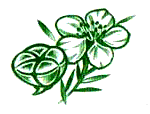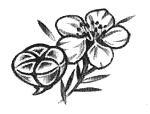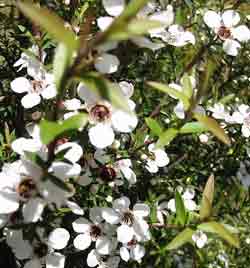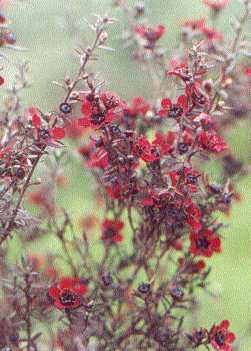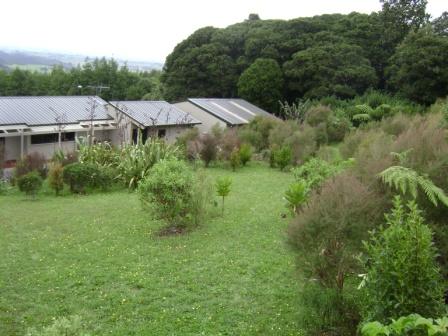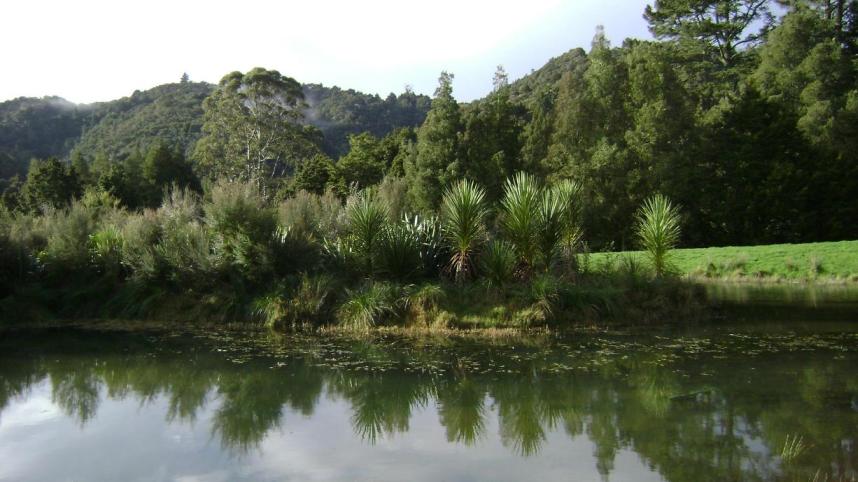Products of Forest Floor
Forest Floor is a Wholesale Tree Nursery that has produced several million seedlings over the last 30 years. We specialise in growing NZ native plants from seed for revegetation and forest restoration. Since we are located in Northland most of our seed is locally eco-sourced from Auckland to Kaitaia. Our most popular products are manuka and kanuka and forestry grade trees. Most of these plants go directly to farmers and rural property owners in Northland. To nurseries we supply growing on lines and small seedlings. We have lots of plants for ETS (evapotranspiration effluent) fields and wetlands such as Carex, Juncus, Phormium ( flaxes) and Cordyline (cabbage trees) For landscaping and property beautification we grow native grasses and specimens such as nikau. For wind protection and privacy we grow several species of bamboo and produce bamboo biochar. We provide consultancy services for ecosystem restoration, native forestry and plantations for honey production. We source manuka honey from throughout NZ for clients who want the best quality, and arrange exports. We are always very busy! |
To get the best plants, ready for planting in mid-winter when conditions are perfect , make an order early in the year. Where big numbers are required, order the year before to get the best price and guaranteed supply. Where special seed collecting is required and we do not have the seed already then we need 18 months to 2 years advance notice.
Some things can take many years to grow. If you visit the nursery and see something you like, get it on the spot (or reserve it) otherwise it may not be available next time you come. We cannot just order up more stock from China! Having said that, we always have lots of trees growing on out the back that will soon be ready.
Our Leptospermum scoparium (manuka) plants are the best in the country. We have lots of different provenances available including high UMF selections, cold climate selections, coloured flowering selections, high triketone oil selections and disease resistant selections. We have always believed in manuka as a superplant, nature's answer to healing marginal land. Manuka pioneers the way for native bush to come in of its own accord. Manuka produces medicinal honey to beat the antibiotic-resistant bacteria strains. It makes superb firewood and also the best chips for smoking fish. The oil can be extracted from the leaf and is also highly medicinal. Manuka supports both types of myccorhizal fungi so is the ideal pioneer for virtually any forest tree, including fruit trees. We use it to shelter young avocado trees for example. They let through the ideal amount of light and build up the soil.
 | On the left is a manuka on a Forest Floor planting job, about 6 months after planting. It is nice and bushy, which will result in a profusion of flowers in another 12 months. The trunk is also very stocky and will resist blowing over in coastal gales that frequent much of NZ. This is why we prefer to supply bushy squat plants, with a proportionate bushy root system, as opposed to tall lanky plants with few roots and few growing tips |
|
| These red manuka flowers were growing naturally on the roadside. We grow many different strains of manuka, mainly ones in the Northland eco-region. There are actually several distinct varieties of manuka recognised, and we can easily tell the difference between manuka plants from different parts of the country. Some individual plants like this one pictured are worth cultivating just for their unique beauty. We usually recommend local genetics should be used, since nature has perfected the species for many years. However the species itself is continually changing and evolving in response to environmental changes and selection pressures. The main thing for the species sake is to maintain a wide variety of genetics, preferably the local ones well represented, and certainly avoiding too much reliance on a narrow genetic range of cutting grown or cloned cultivars. |
| We especially like growing plants that are threatened in the wild, such as these Astelia chathamica and Astelia banksii. |
We spend much of our time gardening, creating landscapes for ourselves and others, using predominately native plants. We provide consultancy services including design and project implementation.
In the example below, the owner wished to reduce mowing while still be able to walk around the garden to admire the view.
|
|
In this example we had to plant islands, to integrate man-made ponds with the wider environment
see how to reveg
